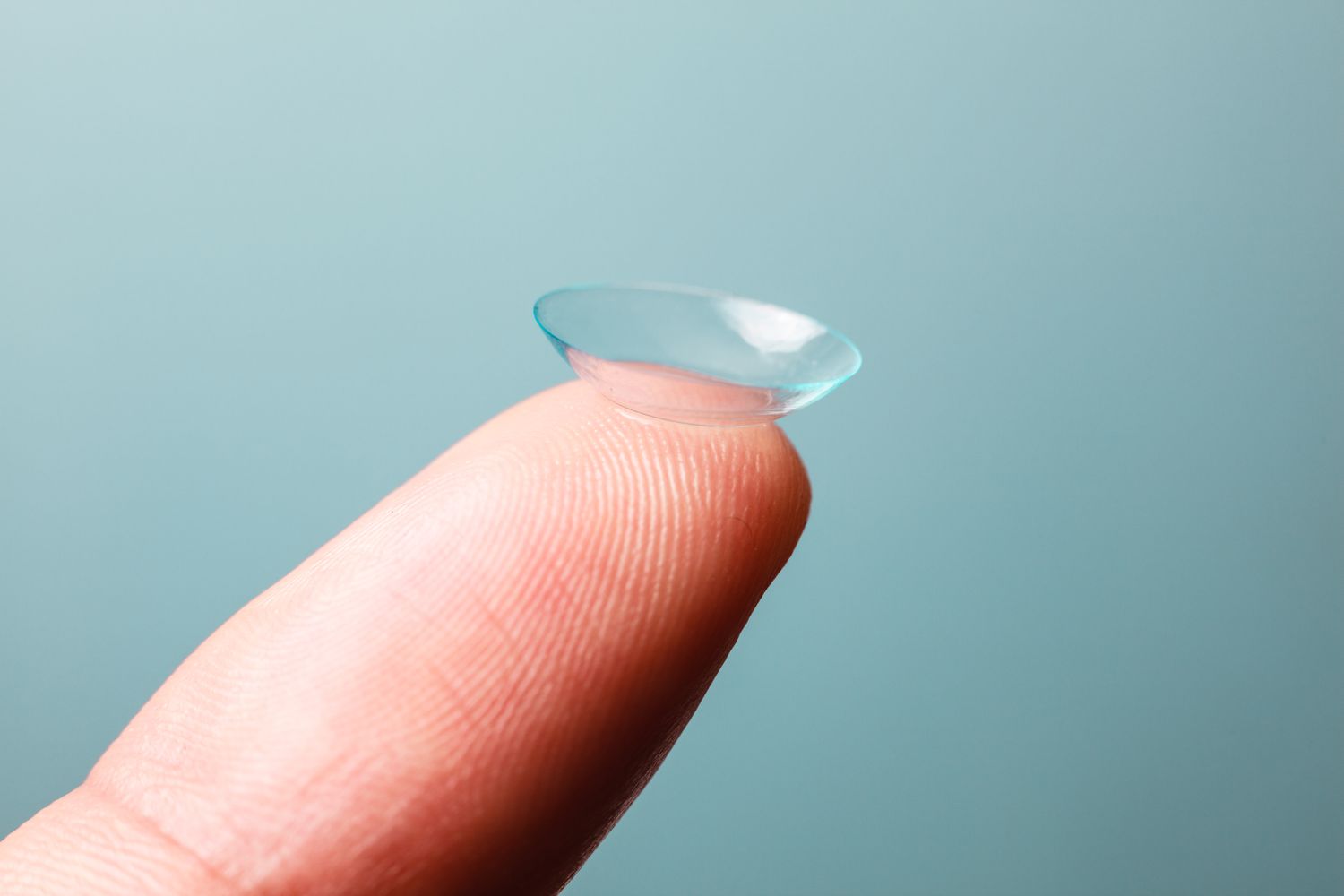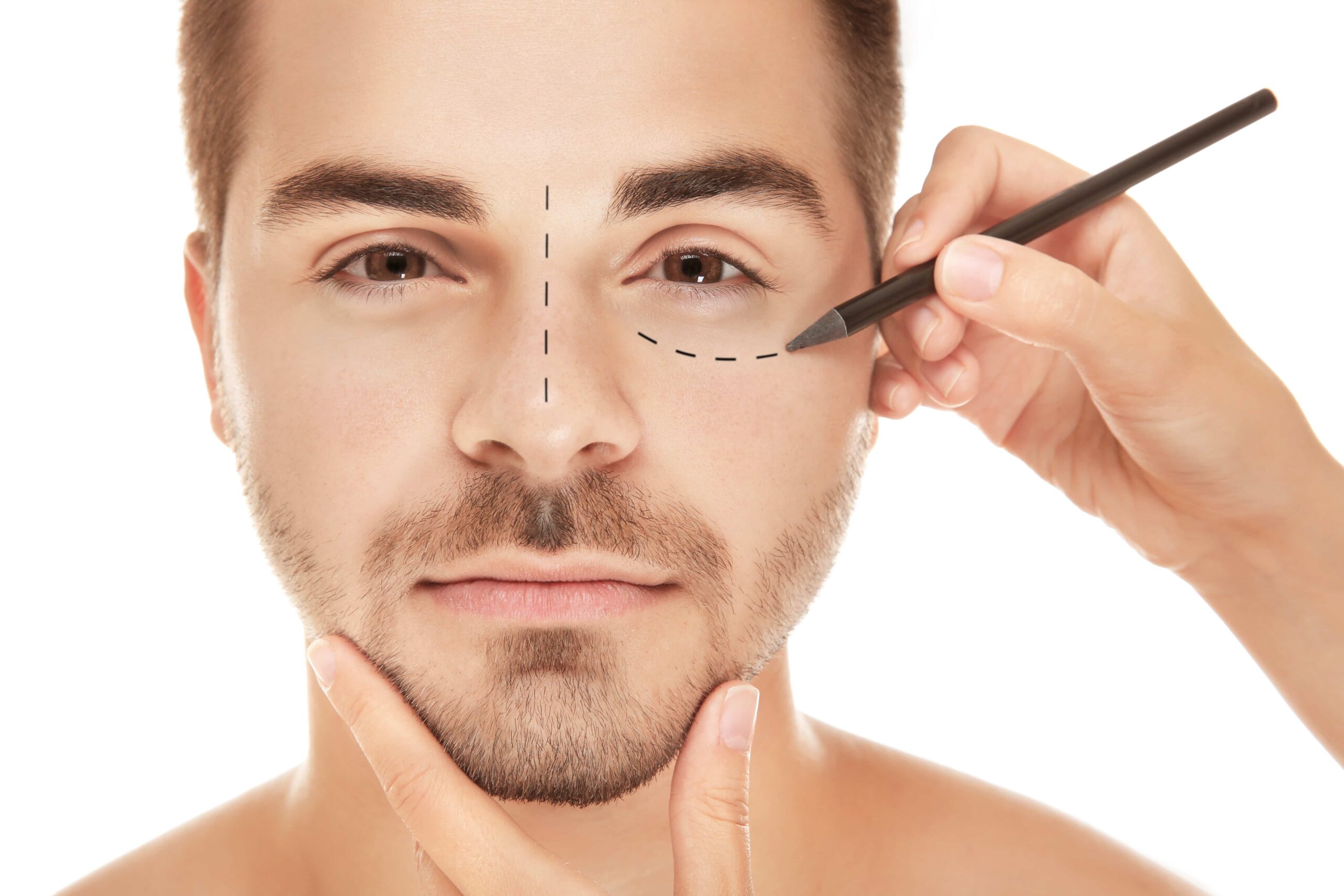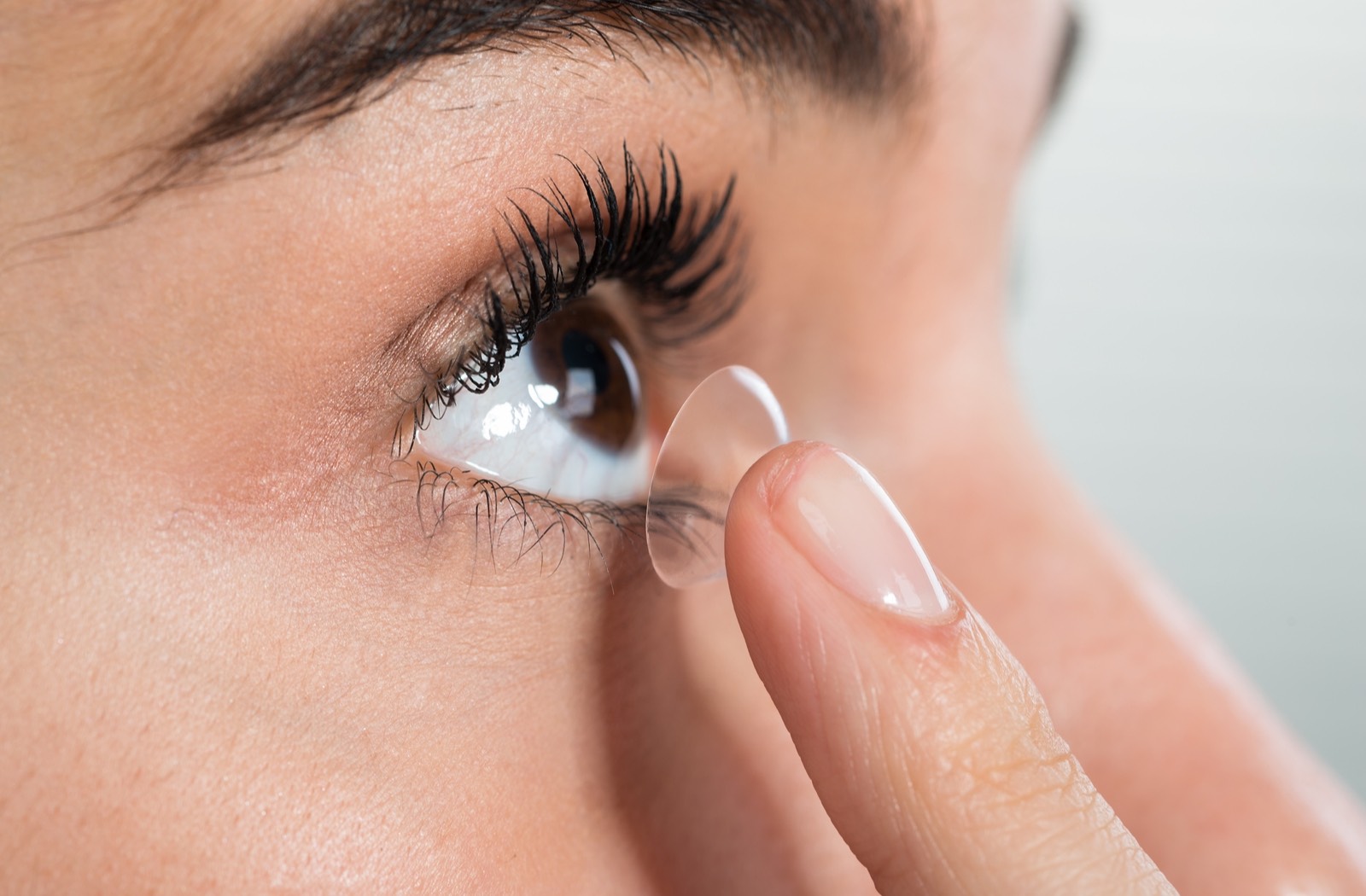Eyelid Tumor Removal
Eyelid lumps, bumps, and lesions are very common and most of these tumors and lesions are benign and involve the sweat glands, oil glands, eyelash follicles, and skin elements. Some eyelid tumors are malignant, the most common being a skin cancer known as basal cell carcinoma. Tumors on the eyelid or orbit (eye socket) should be evaluated and treated as soon as possible. Even a benign tumor can cause pain or damage to the eye, such as blocking the tear ducts or preventing the eyelids from closing. A biopsy will usually determine whether the eyelid or orbital tumor is benign or malignant. At SightMD our doctors help patients return to a more normal appearance with their extensive training and experience in eyelid tumor removal.
Eyelid Lump/Bumps & Skin Cancer Treatment Options
We use a variety of options to treat eyelid tumors, whether cancerous or benign. Our doctors usually start with a biopsy to determine the type of tumor and based on this information, most benign tumors will require no other treatment, whereas cancers are usually completely removed.
Biopsy
When a tumor is biopsied to find out if it is cancerous, it can be either incisional (taking part of the tumor) or excisional (taking the entire tumor). If the growth turns out to be benign, an excisional biopsy may be all that’s necessary.
Mohs or Frozen Section surgery
We use Mohs surgery whenever possible due to the delicate characteristics of the eyelids. When using these techniques, the surgeon will remove the visible eyelid cancer, along with fragments of the healthy skin at the tumor edge. This edge tissue is then immediately examined under a microscope to see if it still contains any cancer cells. If cancer cells are still present, they will remove an additional ring of tissue until cancerous cells no longer are present. Once the cancer is gone, reconstruction can be performed to restore the best possible function and appearance.
Cryosurgery
While this isn’t surgery involving a scalpel, cryosurgery can be an effective method of removing cancers or pre-cancers without removing additional tissue. Cryosurgery uses liquid nitrogen to freeze and kill cancer cells then the frozen cells and skin blister and peel off and reconstruction is usually not necessary. The process is simpler than Mohs or Frozen Section surgery, but the success rate is not as high.
Radiation and Chemotherapy
Radiation and Chemotherapy are usually not the best single therapy for eyelid cancers, but sometimes are part of the treatment for advanced or complex tumors. We may recommend external beam radiotherapy and drugs such as 5-fluorouracil, aminolevulinic acid, imiquimod, and vismodegib to some patients.
Can my Eyelid Tumor Return After Surgery?
If the tumor is benign and only part of it is removed, then, of course, it can grow back. Depending on the size and appearance, it may or may not make sense to be aggressive about removing a benign tumor since surgery usually creates a small scar.
Similarly, if some cancer cells have been missed by surgery, the tumor can return, however, Mohs or Frozen Section surgery has an incredibly high success rate for fully removing the tumor.
Of course, removing one skin cancer from the eyelids doesn’t mean that another new tumor can’t eventually develop.
Eyelid Tumor Removal Before & After Photos
Our real patient before and after Eyelid Tumor Removal procedure photos feature dramatic results. Here you can view actual SightMD patients before and after surgery photographs. Contact us to learn more about how Eyelid Tumor Removal can help you regain your confidence!
Eyelid Tumor Removal Before & After PhotosRecovery from Eyelid Reconstruction Surgery
Your recovery will depend on the type of reconstructive surgery used. For instance, a direct closure may be used if the amount of tissue removed is not overly large. Then the skin stitches will be removed after 7-10 days, while deeper ones would absorb over 6-12 weeks. For more involved tumors, skin grafts and the use of skin flaps attached to blood supply might be necessary. Both of these options require more involved in recovery times, and sometimes additional procedures.
Due to the delicate nature of the eye area, bruising and a “black eye” are very common and typically will last 1-2 weeks and your doctor will often prescribe antibiotics eye drops and/or ointments. Temporary eye dryness is common, while pain is uncommon. Mildly blurry vision may occur from ointments but a change in glasses prescription is rare. In the worst cases, it is necessary to temporarily sew the eyelids of one eye closed for a few weeks.
Do you suspect you have a growth on one of your eyelids? Contact SightMD today to schedule an appointment with one of our doctors to discuss your Ophthalmic Plastic Surgery options at one of our convenient locations!

Can Contact Lenses Damage Your Eyes?
Wearing contact lenses is more convenient than wearing glasses. However, if used improperly, contact lenses can increase the risk…

How long should you rest after eyelid surgery?
Unfortunately, there is nothing “quick” about recovering from eyelid surgery (or “blepharoplasty,” as we professionals call it). As we…

What are the Disadvantages of Using Contact Lenses?
Next to eyeglasses, contact lenses are the oldest and most frequently chosen option to improve the ability to see….